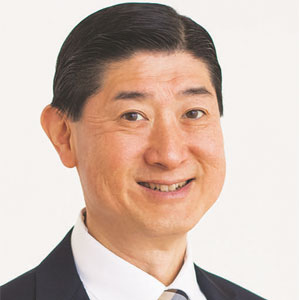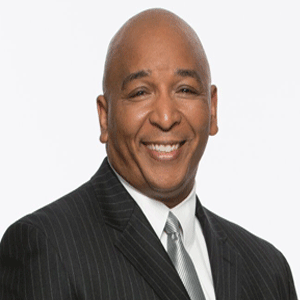THANK YOU FOR SUBSCRIBING

Avoid These 4 Mistakes to Find Your Best Next-Gen Leaders
Stephen Wang, Director of Asia Pacific, Talent Plus


Stephen Wang, Director of Asia Pacific, Talent Plus
Whether you are a CEO or a human capital leader, here’s the cold hard fact– no organisation can grow without great leadership. The average CEO’s tenure is about nine years. And, for a variety of reasons, the need to replace a CEO creates additional holes in senior leadership you need to fill.
The bottom line is this: you need to be intentional about who will be leading your organisation in ten years. And the clock is ticking. There may not be a single right way to execute succession planning, but here are some common mistakes you can intentionally avoid along the way:
Mistake #1: Make Your Top Performers Your ‘Succession Plan’
A person’s outstanding performance in their current position does not necessarily predict outstanding performance at the next level. You have to be looking beyond performance to potential. We’ve all seen the ‘Peter Principle’ in operation a few too many times, haven’t we? Ask questions like these to look at potential for leadership excellence:
• Who asks great questions that push us beyond the status quo?
• Who is always learning more and connecting new ideas to our overarching goals?
• Who has the influence (even without formal authority) to advance ideas for making things work better?
• Who has a knack for seeing what other people do well and positioning those people to succeed in the process of achieving bigger picture team goals?
• Who do people naturally turn to for answers, advice, or a listening ear?
• Who do you implicitly trust?
• Who elevates the game and the intensity of every other player when he or she walks onto the field?
• Who manages change and conflict in ways that keep people focused on achievement?
Whatever, a person’s specific expertise, these habits of thinking and action make success, more likely at the next level of leadership.
Mistake #2: Rely on Subjective Assessments of Leadership Potential
You are making a mistake if succession candidates are selected based primarily on individual manager recommendations. Decision by committee or consensus isn’t much better. Here are some specific things you can do to objectify the process:
• Identify objectively measurable qualities shared by next-level leaders who have historically been successful in your organisation. Then use multiple raters to evaluate each candidate on those qualities.
• Use a validated assessment tool that measures leadership potential to predict next-level leadership performance.
Mistake #3: Only Plan for the C-suite
If you’re creating succession plans only for the C-suite, you have the potential to leave gaping leadership holes when the time comes to promote your internal candidates into those C-suite roles. If you want to prepare your organisation for the future, you should be intentionally planning for succession at every step in the organisation’s hierarchy, from individual performer to the C-suite.
Mistake #4: Once you’ve Identified Potential Successors, Your Work is Done
The succession plan is just the beginning! The next step is creating and implementing individualised development plans for your future leaders to keep them growing and highly committed to your organisation.
The next step is to continually add new people to that high-potential pool. Some people will be promoted and some people will leave the organisation, despite the investments you make in their growth.
If your business is growing, you will need more leaders in ten years than you need today. In order to meet the future leadership needs of the organisation, you must continually identify potential and develop it.











